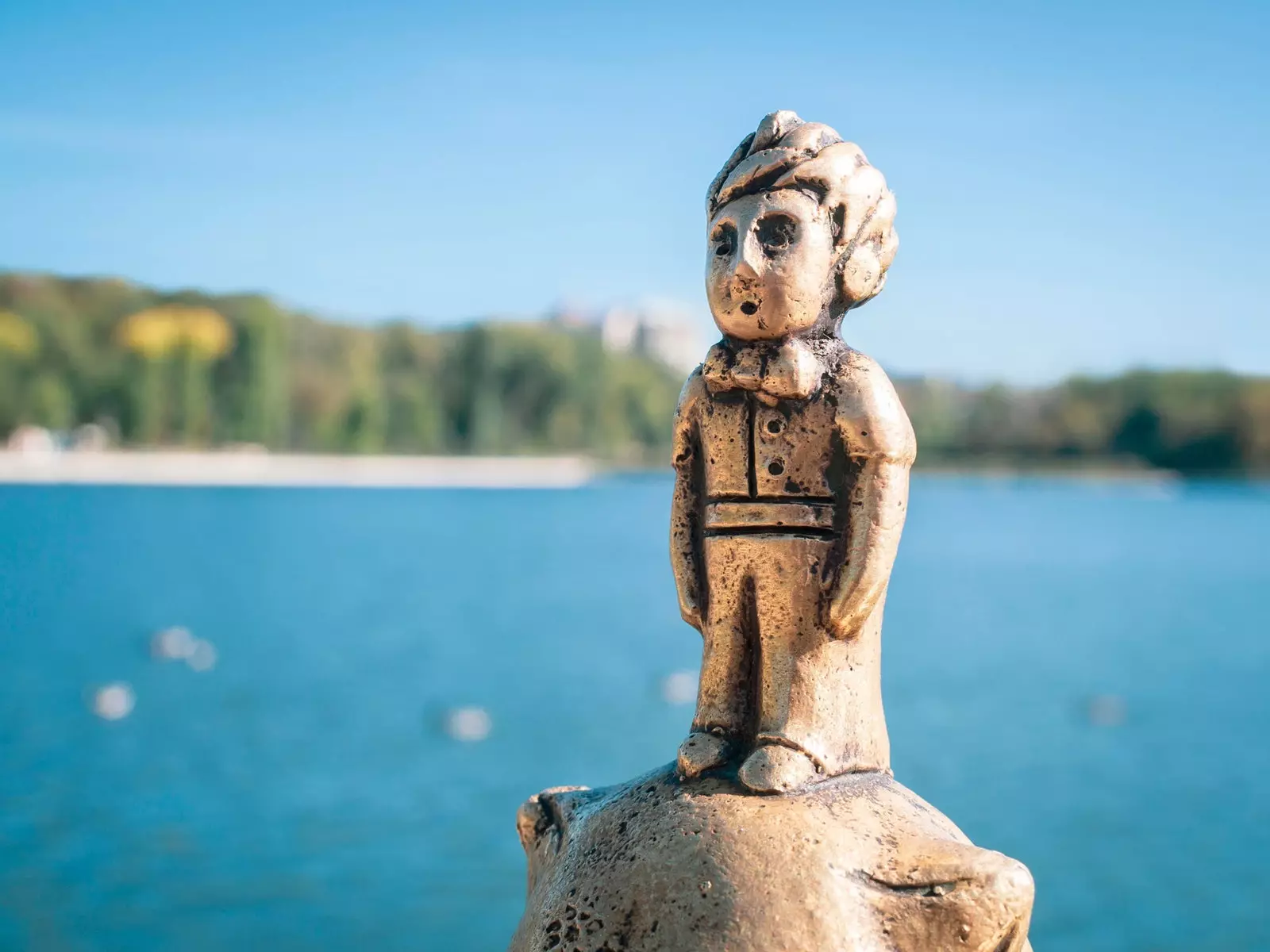
Statue of The Little Prince, by Igor Uduslivii, in Valea Morilor Park (Chisinau)
After the failure of his first book, Canadian writer Yann Martel took a flight to Mumbai willing to write a novel set in Portugal in 1939. However, in a hostel full of monkeys that distorted his initial idea of India, Martel discovered that he had little to do a novel set in Portugal in a place as eclipsing as the country of the Taj Mahal.
After sending the remains of his novel to a fictitious recipient in Siberia, he made his way to South India, ending up in Pondicherry, a colonial city of bougainvillea and bohemian cafes by the ocean.
It was at one of these establishments, the Indian Coffee House, that a local approached him to strike up a conversation. Hours later, he assured her that he had a story for him, which began in Pondicherry and ended, curiously, in Toronto, the city of the author. The nexus was a certain sir Patell.
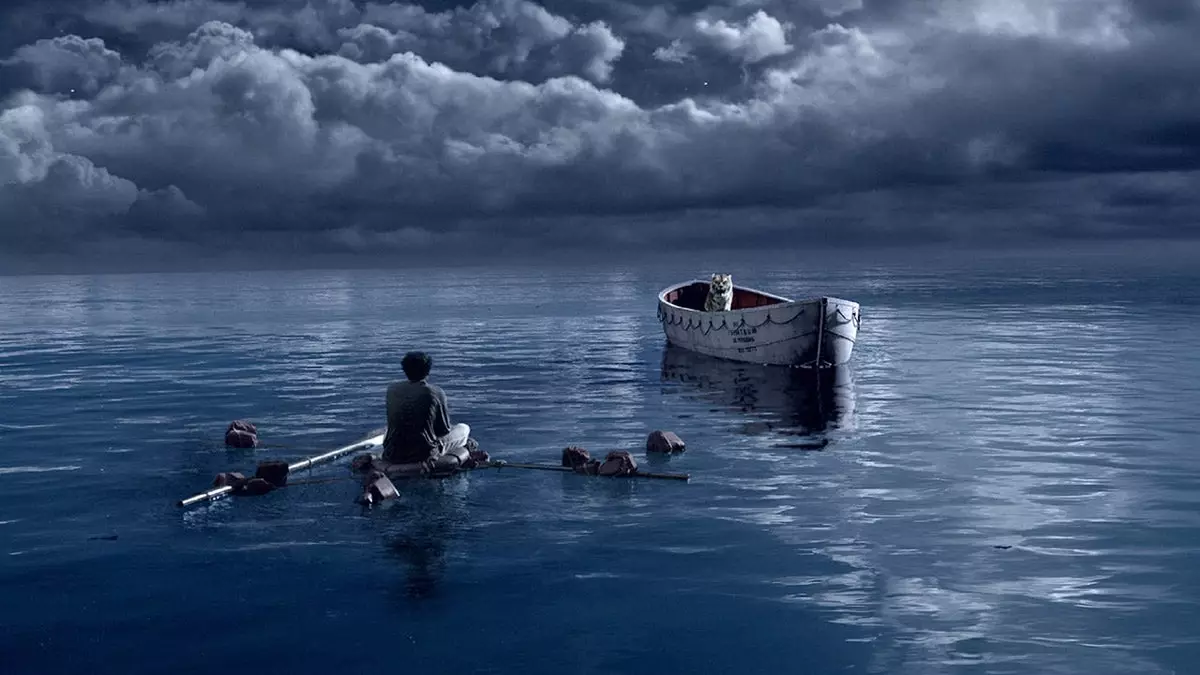
'The life of Pi', a tribute to peace
After returning to Canada and calling the nine contacts with the surname Patel in the phone book, Martel found the protagonist of that story.
That's how he was born The Life of Pi, famous book starring a young Hindu and a Bengal tiger, Richard Parker, suspended in the middle of the Pacific Ocean after a shipwreck.
The creation of this novel, awarded with the Booker prize in 2002 and adapted to the cinema in 2012, is the perfect example of how the universe weaves its own whims when we talk about the creative spectrum.
And with this, we have already told you the origin of one of the books whose creative process was even more interesting.

The life of Pi
**'THE LITTLE PRINCE', BY ANTOINE DE SAINT-EXUPÉRY **
french author Antoine de Saint-Exupéry used to draw a stick figure of a child in the margins of letters that he wrote to his friends in the early 1940s.
At the time, this World War II aviator had retired for a few months to Manhattan, where he began to deal with anxiety about the war.
That stick figure was the reflection of the inner child to whom I could tell how absurd the world could sometimes be. This was the preamble that would give life to The Little Prince, the most translated book of the 20th century (in no less than 455 languages) and a title to turn to whenever life seems like a puzzle whose pieces don't quite fit.
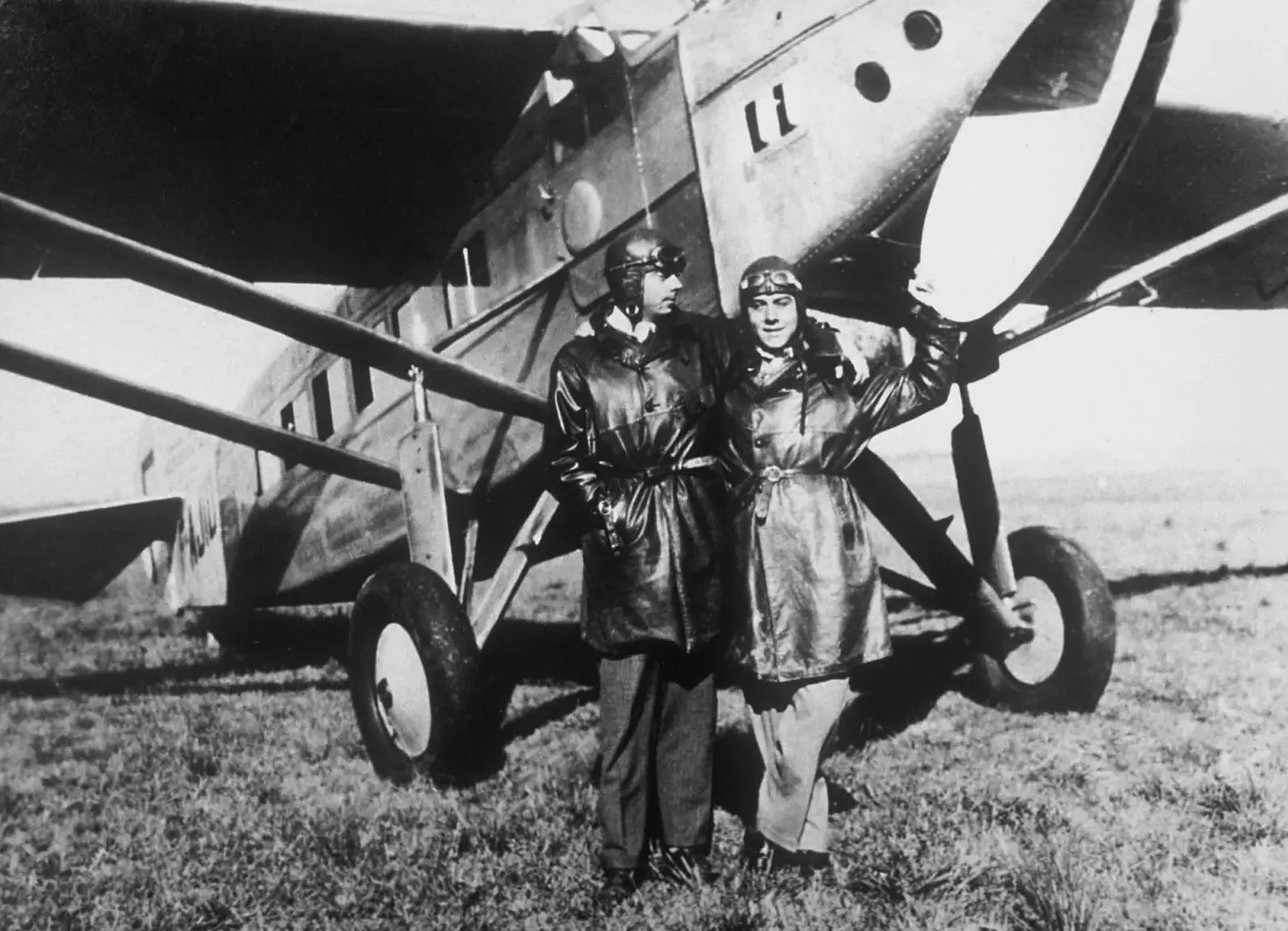
Antoine de Saint-Exupéry and Henri Guillaumet
**'JANE EYRE', BY CHARLOTTE BRONTË**
On the morning of October 19, 1847, it was launched English newspaper The Atlas review of a book called Jane Eyre.
The critic praised the freshness of the work and its ability to delve into the feelings of youth, but the question that floated throughout England alluded to the identity of the "author".
At a time when the publishing world was dominated mainly by men, Charlotte Brontë adopted the male pseudonym of Currer Bell (her sisters, Emily and Anne, were named Ellis and Acton, respectively), to publish one of the first feminist novels in history.
Or according to many, a covert autobiography that fused the author of it with that character of independent and solitary behavior.
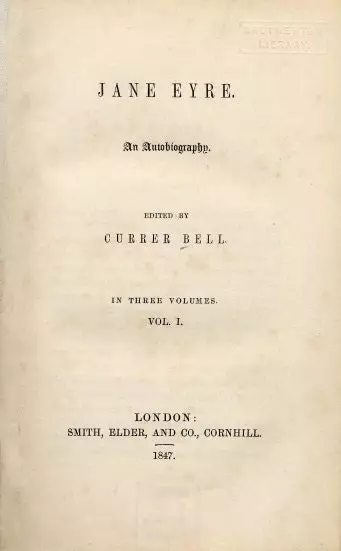
'Jane Eyre', first edition
ALICE IN WONDERLAND BY LEWIS CARROLL
On July 4, 1862, mathematician Charles Dogson went for a boat ride on the River Thames in the company of the three Liddell sisters: Lorina, Alice and Edith.
To make the tour more enjoyable, Dogson told them a story about capricious queens and white rabbits, to which Alice begged him to write it down for her later.
During subsequent walks, Dogson, along with the three sisters, would give life to Alice in Wonderland, a book he would publish in 1865 under the pseudonym Lewis Carroll.
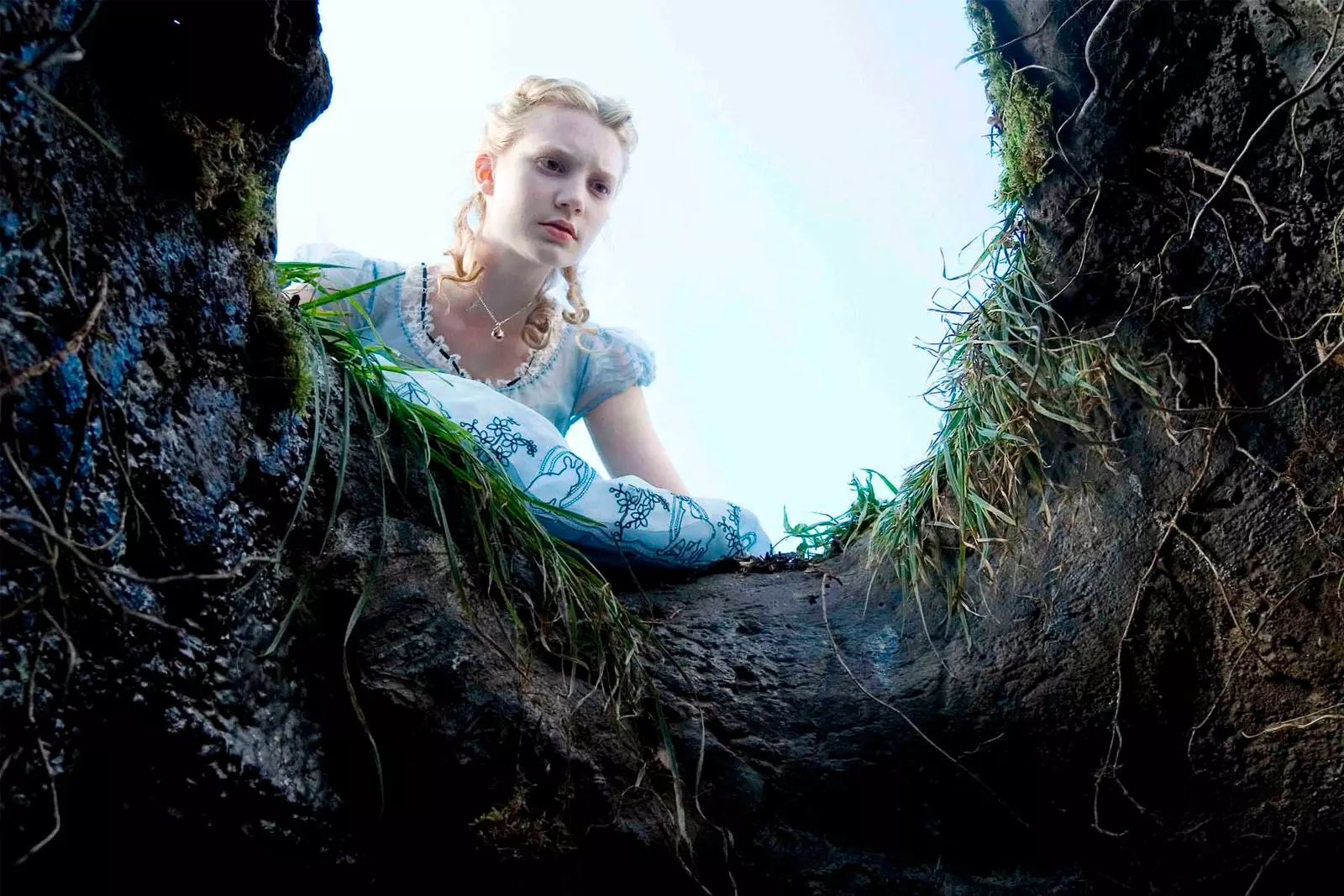
Alice in Wonderland, published in 1865, has sold 100 million copies
FRANKENSTEIN BY MARY SHELLEY
1816 was known as "the year without a summer" due to the explosion of a volcano that plunged the northern hemisphere into eternal winter.
The perfect backdrop for a meeting between the writer Mary Shelley and her husband, Percy Bysshe Shelley, with his friend Lord Byron, who challenged those attending his mansion to perform a horror play each.
And although Shelley did not win, her story would be the germ of a future novel. When days later she had a nightmare from which the fourth chapter of her story was born, she was clear: Frankenstein had been born, the first horror novel in history.
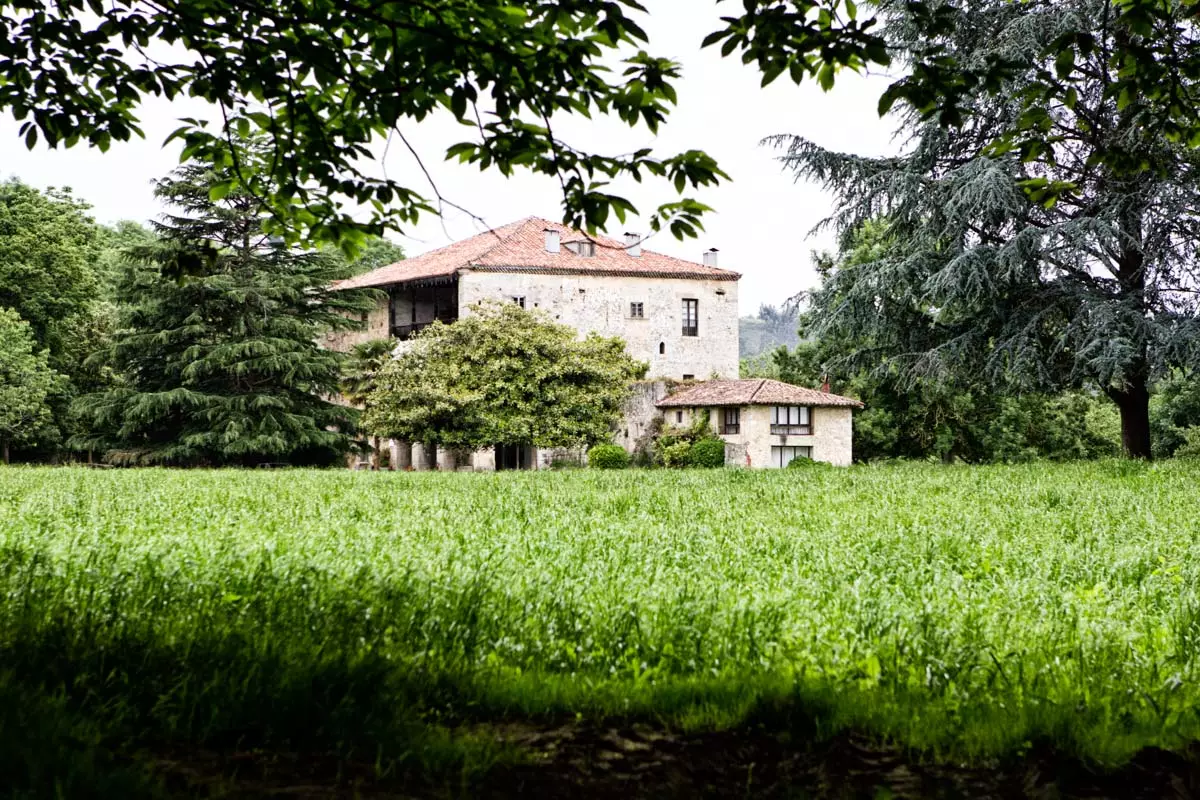
In the Posada Palace, Mary Shelley wrote fragments of Frankenstein
'THE HOBBIT', BY J.R.R. TOLKIEN
College professor, J.R.R. Tolkien was correcting a huge stack of exams when, in the middle of the pile, he found a glorious blank page.
That leaf was a breath of fresh air in the middle of his stressful morning, and the first thing he wrote was "A hobbit lived in a hole in the ground."
Tolkien didn't really know what a hobbit was, but he used this concept to narrate stories to the children about him before going to sleep, thus feeding the process of creating his book The Hobbit. The rest is history.
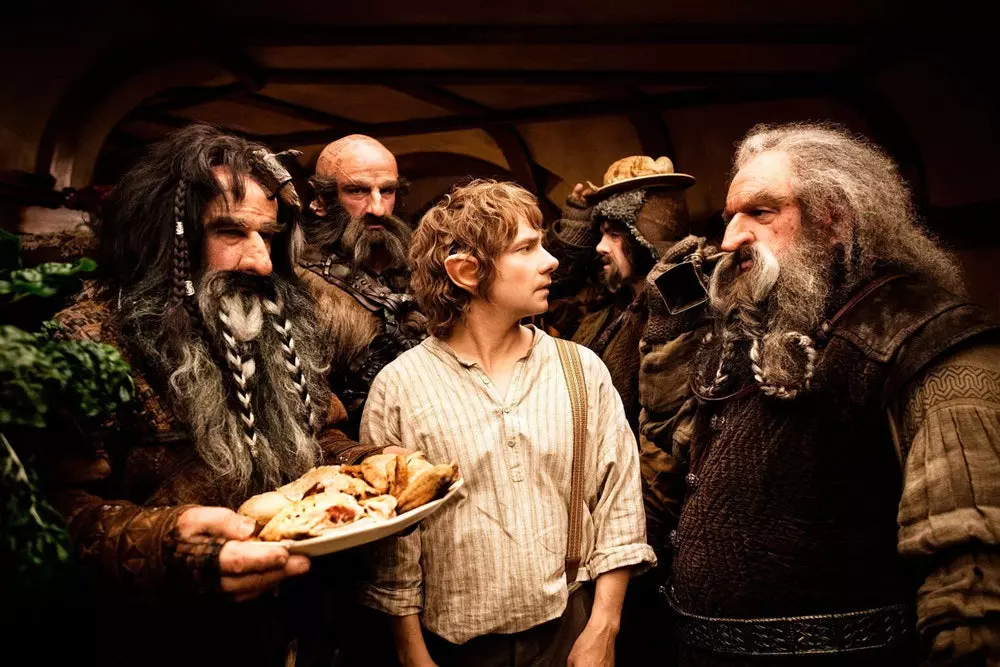
The Hobbit
'LOVE IN THE TIMES OF CHOLERA', BY GABRIEL GARCÍA MÁRQUEZ
The works of the Colombian Nobel Prize winner were printed by the stories of his grandmother, the magic of the Caribbean, but, also, the love story between her parents: Gabriel Erigio, the telegraph operator from the town of Aracataca, and Luisa Santiaga, whose father, the upright Colonel Nicolás Márquez, sent her to another city to get her away from the incessant courtship of the one in love with her.
Love in the time of cholera transfers part of the essence of this story conceived as an ode to love that survives all adversity.
Florentino Ariza and Fermina Daza would thus become the protagonists of this novel for whose creation, Gabo locked his parents separately in a room while asking them different questions that helped develop the characters.
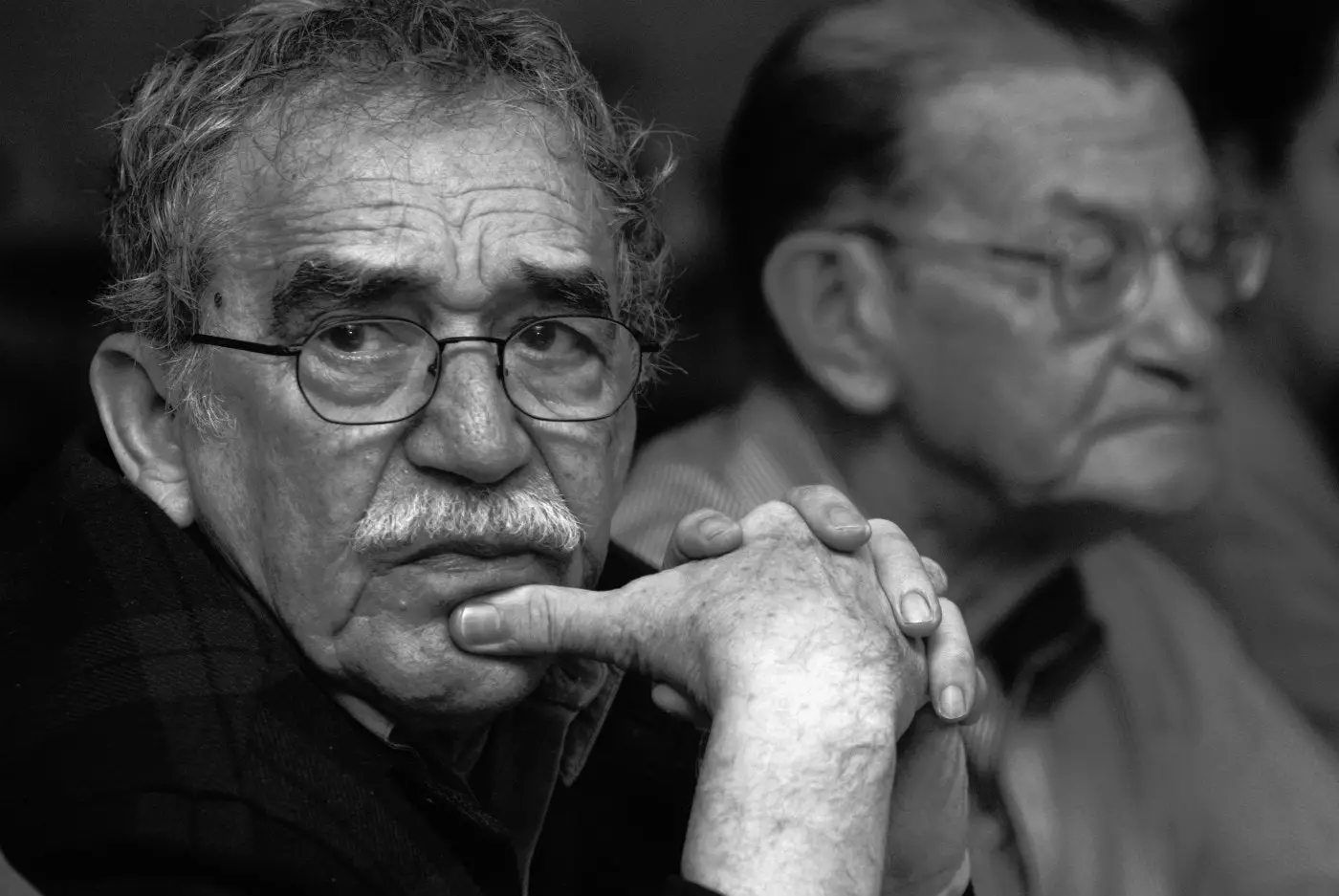
Gabriel García Márquez, father of magical realism
'ORLANDO' BY VIRGINIA WOOLF
Virginia Woolf's Orlando was one of the first examples of queer fiction in history, but especially a love letter written by Woolf to her lover, Vita West, with whom she had an affair for ten years.
West's alter ego and protagonist of the story, Orlando, is a man capable of becoming a woman and vice versa over 400 years, thus evoking the alternative and fair life that her lover would have dreamed of.
One of the examples can be found in one of the great frustrations of her muse: she lose the right to inherit Knole House, her family home, because she is a woman.
In Orlando, Woolf granted the protagonist (West) the possibility of being a man in order to inherit her property. Perhaps to say that it was a love letter is an understatement.
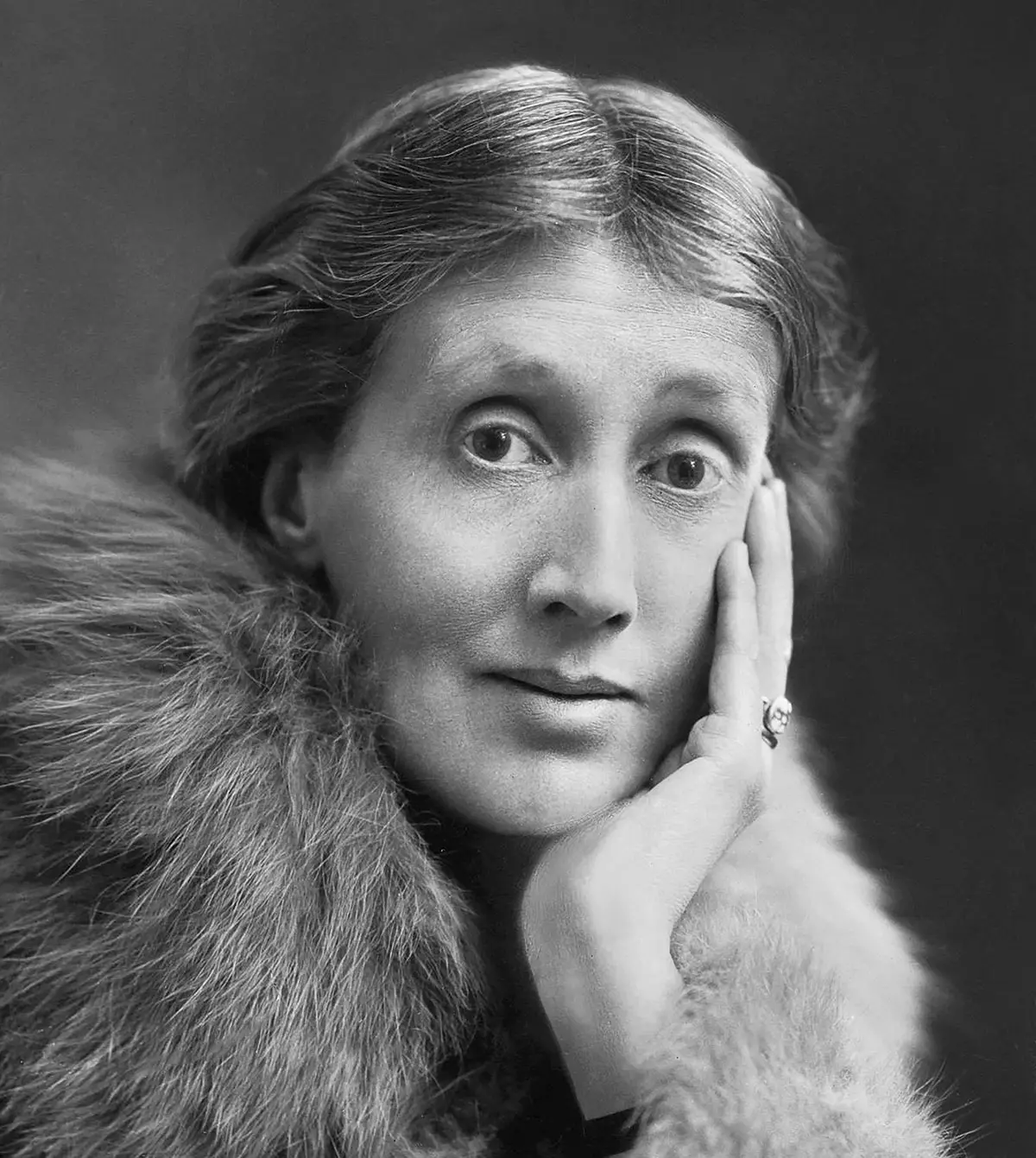
Virginia Woolf pictured in 1927
'BLOOD WEDDING', BY FEDERICO GARCÍA LORCA
In the arid Cabo de Almería, shortly before reaching the small town of San José, she still survives the Farmhouse of the Friar.
Eroded by the vagaries of history, In this farmhouse (almost) took place on July 22, 1928 the wedding of Casimiro Pérez and Francisca Cañadas, who fled with her cousin and lover Francisco Cañadas, ending up in a butcher shop in which even the Moon ended up stained with blood.
The then famous "crime of Níjar" was the direct inspiration for Federico García Lorca's Bodas de sangre, in addition to Dagger of Carnations, by Carmen Burgos.
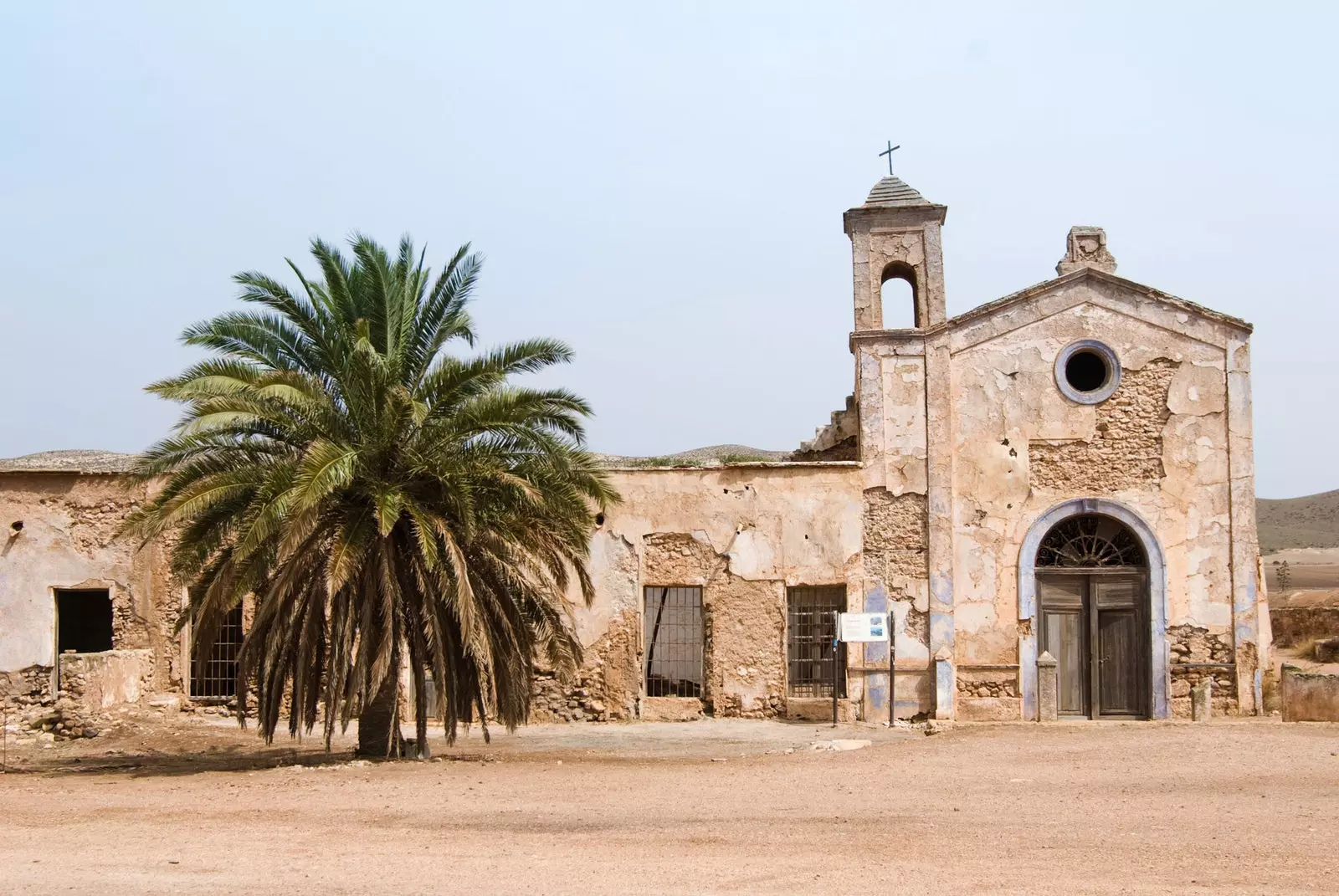
The Farmhouse of the Fraile (Almería)
ON THE ROAD BY JACK KEROUAC
Talking about Kerouac, the greatest exponent of the beat counterculture of the 50s, is talking about “the roll”. insatiable traveler, Kerouac traveled the United States and northern Mexico between 1947 and 1950 taking thousands of notes in a notebook.
When he decided to capture all his reflections, the creative whirlwind was such that he glued all the blank pages with adhesives and, without margins or paragraphs, he dedicated himself to writing as if there were no tomorrow.
More than seventy years later, we can't think of a better book to travel with while we wait to get back on the roads.
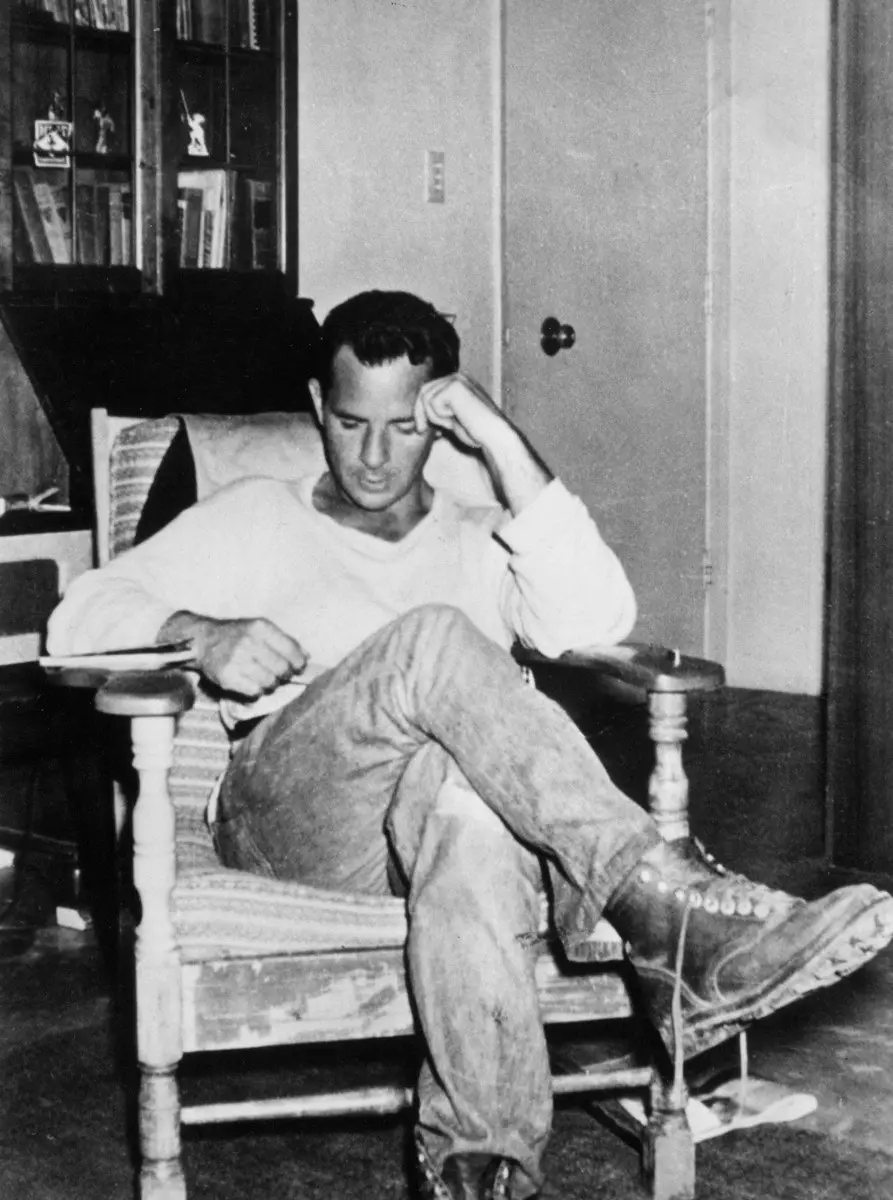
Jack Kerouac
